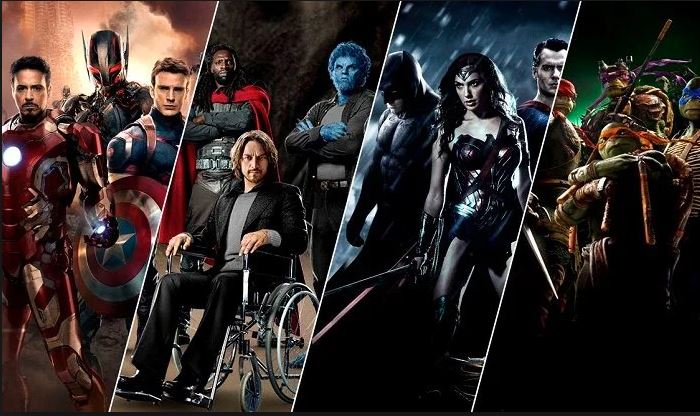Hollywood movies have become extremely popular in India in last few years, especially superhero movies. Marvel Cinematic Universe’s superhero movies are very popular in India and its latest film- Avengers Endgame earned 373.22 crore rupees in the country which is more than highest grossing Bollywood movies like Kabir Singh and Uri – The Surgical Strike. India has become second biggest market for American film and entertainment industry after China.
However, India has been portrayed in a very negative manner in American Films and TV shows. Call it ‘white man’s burden’ syndrome or ‘Orientalism’, the representation of India in Hollywood movies has been driven by a plethora of presumptions and often plain racism. The blatant racism and colonial attitude has prevailed in western cinema’s portrayal of the India. The over-the-top online content streaming platform like Netflix has openly promoted anti-India and anti-Hindu content. The platform has released controversial web series like Leila and Ghoul.
According to Rituparna Sengupta, Hollywood likes to show only slums and poor part of India and ignores the growing economy and huge technological advances achieved by the country in last few decades. Hollywood has been very insensitive towards portrayal of India and either shows it as land of kings living luxurious feudal life or the poor snake charmers. The movies like Octopussy and Heat and Dust openly promoted this narrative.
This kind of portrayal prevails despite the fact that some most technologically sophisticated movies and the Hollywood have special effects created by Indian VFX artistes. In the post-credit scenes of Thor: The Dark World and Avengers, the contribution by Indian artists has been recognized.
“Indians are known for their hard work, dedication and cheap labour which attract the industry to hire them. Most of the people can speak and communicate well with clients and bosses in English, which gives them an upper hand compared to other countries,” said Harsimmar Singh who worked on projects like Avengers, Thor: Ragnarok and the award-winning show The Handsmaid’s Tale.
The popular Hollywood movies like The 100 Foot Journey, Slumdog Millionaire, Life of Pi, and The Mistress of Spices shows Indian in poor light. The Indian character has been shown as curry-eating, poor, and mystical in these movies.
In Indiana Jones: Temple of Doom showed an Indian character so negatively that the Government of India banned its shooting in the country. Slumdog Millionaire won eight Academy awards —the most for any 2008 film—including Best Picture, Best Director, and Best Adapted Screenplay by through one sided depiction of Mumbai.
Some Indian filmmakers like Salaam Bombay fame Meera Nair or Water, Air and Earth fame Deepta Mehta contributed to this stereotyping through their movies. Most of the Hollywood movies show Indian characters in bad light because they are written by White people who have very little or no experience of India but of late, the same depiction by Indian filmmakers in deeply deplorable.
If the American film and media industry do not remove its biases and carries the much required course correction, it could lose its fastest growing market. Some popular Indian actors from Hollywood like Aziz Ansari have already spoken against the wrong portrayal of Indians need for the diversity. Many Indian viewers have expressed their displeasure on social media against this stereotypical portrayal of Indians and India by Hollywood.
